
Have you ever thought about how suction cups work? It’s got to be suction, right? Or is it? As it turns out, all we need is some basic physics to explain suction cups. And of course there’s a connection between suction cup physics and building science.
How suction cups work
First, here’s a little video I made to show the physics.
As I mentioned in the video, the key to suction cups is reducing the pressure between the suction cup and the thing it’s stuck to. That could be a piece of glass, tile, or metal. Or it could be another suction cup.
And how does one reduce the pressure in there? In the case of the suction cups I used in the video, you stick them together. Then you close the handle, which expands the volume inside. Because there’s a good seal on the outer edge of the two suction cups, the amount of air between the cups stays the same.
A simple gas law
Hmmm. Same amount of air in a larger volume. Seems like one of the gas laws applies here. Oh, yeah! It’s Boyle’s law. Remember that one? Wikipedia defines it thus:
The absolute pressure exerted by a given mass of an ideal gas is inversely proportional to the volume it occupies if the temperature and amount of gas remain unchanged within a closed system.
Mathematically, we can write it as:
p1 x V1 = p2 x V2
OK, that’s a bit abstract so let’s use numbers. Let’s say the volume between those suction cups doubles when I close the handles. Boyle’s law tells us that the pressure gets cut in half when that happens. They’re inversely proportional, so if one (e.g., volume) goes up by a factor of two, the other (e.g., pressure) goes down by a factor of two.
Pressure difference
When the pressure between the two suction cups decreases, that creates a pressure difference. The air outside the suction cups is still at atmospheric pressure. That causes it to keep the suction cups together. With a good seal, as created by the two pieces of rubber in my orange suction cups, it can take a lot of force to remove the suction cup.
It’s the same between one suction cup and a piece of glass, tile, or metal. I use a phone mount in my car that has a suction cup to keep the mount stuck to the windshield. It’s important to have a good seal, so you need the right materials. And a little bit of water helps, too. Even so, the seal eventually breaks, and the suction cup will come loose.
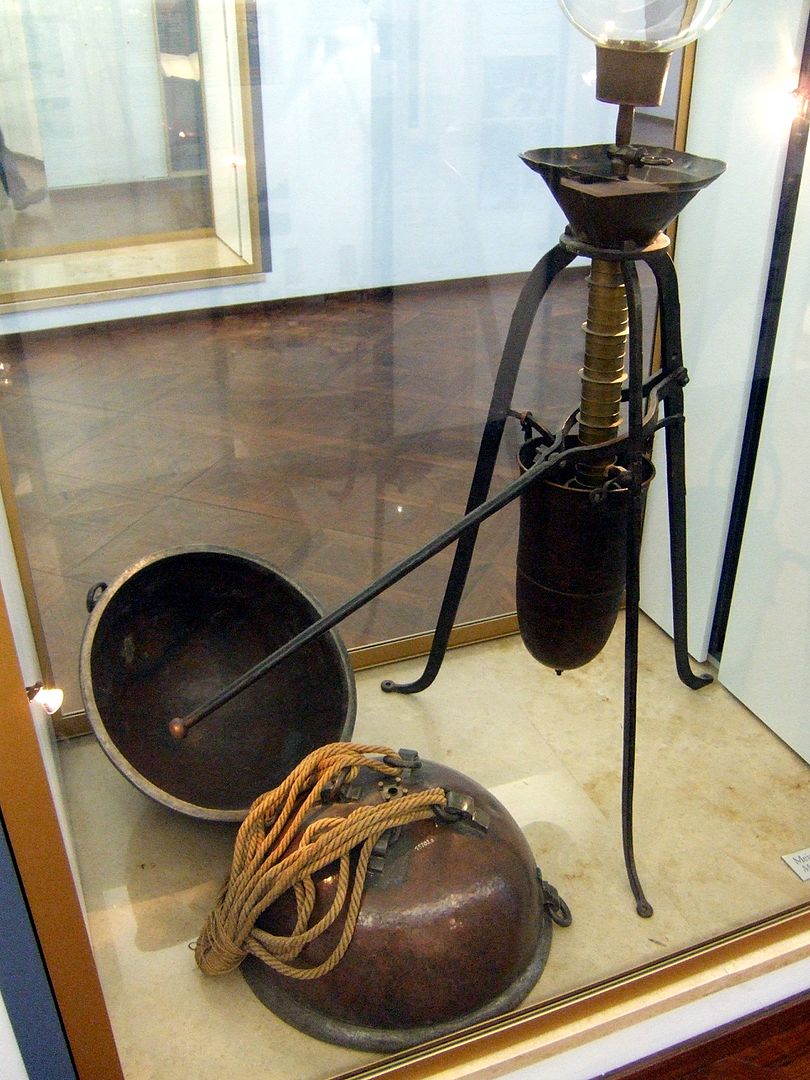
How strong can the force of air pressure be? The original demonstration of what happens with suction cups was done by a German scientist named Otto von Guericke. He took two metal hemispheres, greased the rims to make a good seal, and then pumped the air out of the space inside. Then he put a team of horses on each side to try to pull them apart. The two critical parts of the experiment are now called the Magdeburg hemispheres, named for the city in Germany where the experiment was done (and of which von Guericke was mayor).
The suction cup–building science nexus
What I’ve shown here is basically the same thing I showed in my article and video about the beer can pressure crunch. When you have a pressure difference, air can move from the area of higher pressure to the area of lower pressure. That’s a result of the second law of thermodynamics.
Of course, you need something else in addition to the pressure difference for air to move. There has to be a pathway. And that’s why we want a really good air barrier in every house. We can’t control all the pressure differences, but we can reduce the pathways for air leakage.
Other ways that pressure differences relate to building science are the need for makeup air in airtight houses, air movement through duct systems, ventilation system operation, and pretty much any place where we want air to move or not to move. But it goes beyond air, too. The same principle of pressure difference applies to the flow of fluids in general, including the refrigerant in a heat pump, air conditioner, dehumidifier, or refrigerator.
The crux
And there you have it. Suction cups work by creating a pressure difference. (Pressure difference cups would be a more accurate name, but that’s never gonna fly.) That pressure difference holds two of them together or one onto another surface. Pressure differences also can crush beer cans and 55 gallon steel drums. And pressure differences play an enormous role in building science, both in the building enclosure and the mechanical systems.
And why does it matter? Understanding the science behind the building science improves your ability to solve problems and help people.
________________________________________________________________________
Allison A. Bailes III, PhD is a speaker, writer, building science consultant, and the founder of Energy Vanguard in Decatur, Georgia. He has a doctorate in physics and is the author of a bestselling book on building science. He also writes the Energy Vanguard Blog. For more updates, you can subscribe to the Energy Vanguard newsletter and follow him on LinkedIn.
Weekly Newsletter
Get building science and energy efficiency advice, plus special offers, in your inbox.





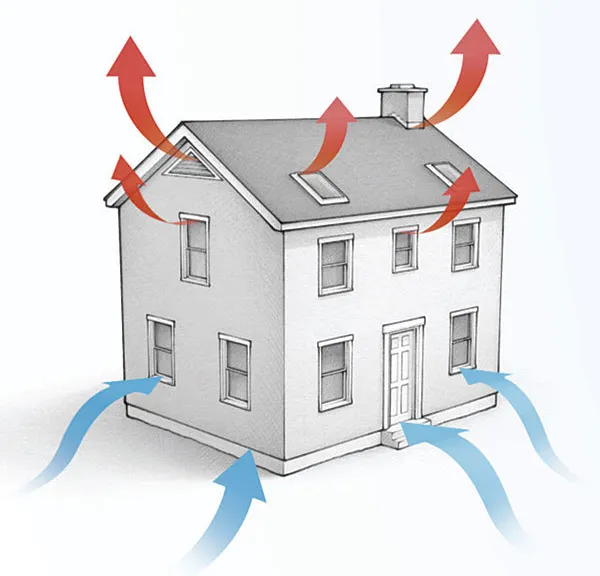
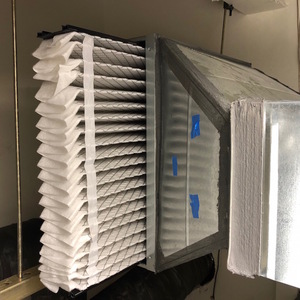
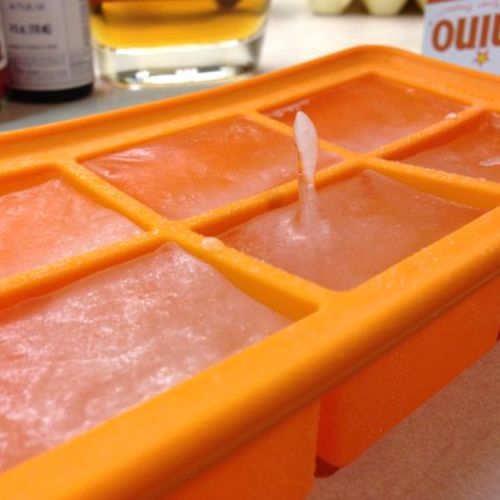





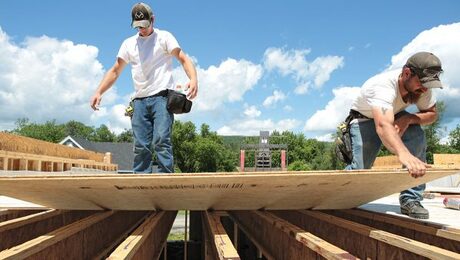
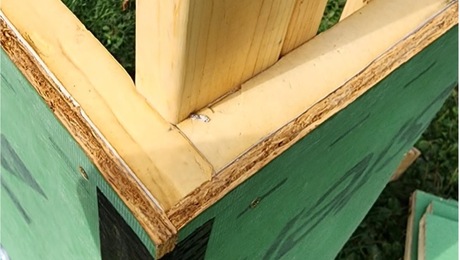
One Comment
Allison,
Thanks, Interesting article.
I make a commitment to call them Pressure Difference Cups from now on!
Log in or create an account to post a comment.
Sign up Log in